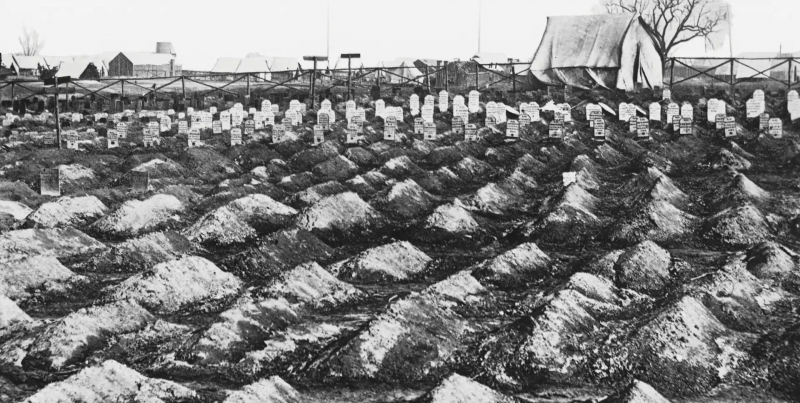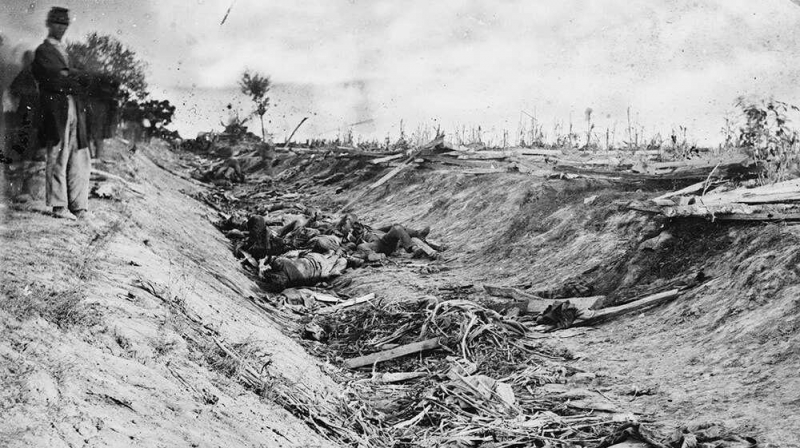A large proportion of Civil War deaths was a result of disease
More Americans lost their lives in the Civil War than in World War I, World War II, the Korean War, and the Vietnam War put together (around 625,000 men). The length of the wall would be more than ten times as long if the names of the Civil War dead were arranged similarly to how they are listed on the Vietnam Memorial. 6 million males, or 2% of the population, died in that period.
The deadliest weapons in the conflict were by far rifles, but sickness killed more people. Men who were once shielded from infection by isolation marched shoulder to shoulder and slept side by side in unventilated tents in 1861 as armies gathered. Child illnesses like measles, chicken pox, and mumps spread rapidly in camps. Malaria struck a million Union soldiers, and epidemics were frequent. There were no efficient antiseptics available at the time, and medicine was far from what it is today. This could have significantly slowed the spread of the disease. The Civil War was fought in the very final years of the medical middle ages, according to George Worthington Adams, author of the book "Doctors in Blue: the Medical History of the Union Army in the Civil War." He must have been correct because, at the time, the major drugs employed by doctors were whiskey, ether, or chloroform. There would have been a great deal fewer casualties in the Civil War if medicine had improved at the time.














